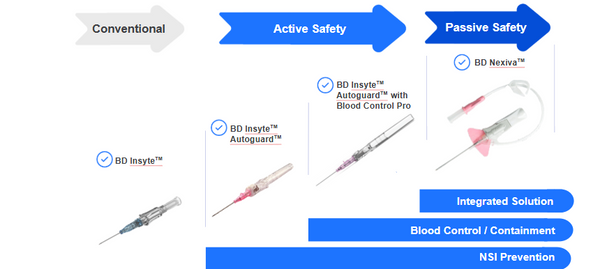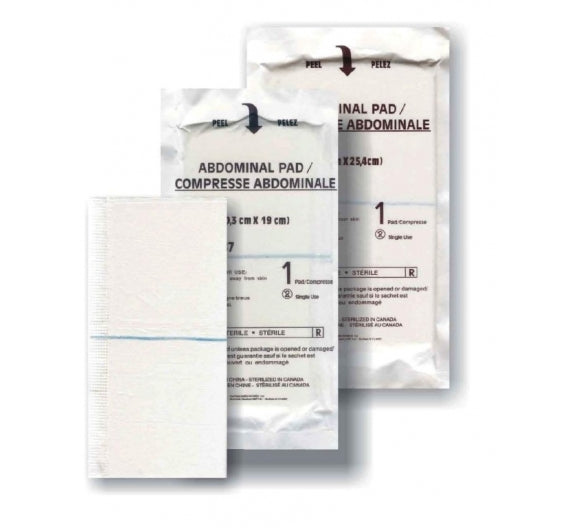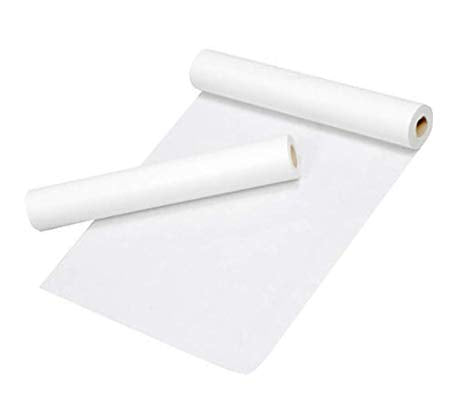Saline for Irrigation vs Saline for Injection
Understanding the Difference between Saline for Irrigation and Saline for Injection
As a medical professional, it's important to have a thorough understanding of the different types of saline solutions available and their intended uses. In this blog post, we'll explore the key differences between saline for irrigation and saline for injection, and why it's critical to use the appropriate type of saline in each situation.
Saline For Irrigation
Saline for irrigation is a sterile solution that's used to clean wounds, flush out body cavities, and moisten bandages or dressings. It's designed to be hypotonic, meaning it has a lower salt concentration than the body's fluids. This makes it safe for use in external applications, as it won't cause any harm to the tissues or cells.
Saline for irrigation is often used to clean wounds and remove debris or bacteria from the affected area. It can also be used to flush out body cavities, such as the nasal passages or the eyes, to relieve irritation or discomfort. In some cases, saline for irrigation may be used to moisten bandages or dressings, to prevent them from sticking to the skin or causing further irritation.
It's important to note that saline for irrigation should never be used for injections. This is because it's not formulated to be isotonic, which means it doesn't have the same salt concentration as the body's fluids. Injecting hypotonic solutions into the body can cause damage to the surrounding tissues and cells, and in severe cases, it can even be life-threatening.
Examples of Saline for Irrigation:
Derma Sciences USP 0.9% Normal Saline 100ml
SteriCare USP 0.9% Normal Saline 100ml
SteriCare USP 0.9% Normal Saline 250ml
Baxter USP 0.9% Normal Saline 1000ml
Saline for Injection
Saline for injection is a sterile solution that's specifically formulated for injecting into the body. It's designed to be isotonic, meaning it has the same salt concentration as the body's fluids. This makes it safe for use in injections, as it won't cause any harm to the tissues or cells.
Saline for injection is commonly used in healthcare for a variety of purposes, including administering medication, diluting other solutions, and flushing out the injection site. It's important to use sterile saline for injection, as any contamination can lead to infection or other complications.
Example of Saline for Injection:
Hospira Saline 0.9% Preservative Free 10ml
Best Practices for Using Saline
To ensure the safety and efficacy of saline solutions in medical practice, it's important to follow best practices for their use:
- Always use the appropriate type of saline for the intended purpose. Saline for irrigation should never be used for injections, and saline for injection should never be used for irrigation.
- Check the expiration date and inspect the solution for signs of contamination before use.
- Use sterile techniques when handling saline solutions, including wearing gloves and using sterile equipment.
- Store saline solutions in a cool, dry place, away from direct sunlight.
By following these best practices, medical professionals can help ensure that patients receive safe and effective treatment with minimal risk of complications.
Conclusion
Saline is a versatile solution that's used for a variety of purposes in healthcare. However, it's important to use the appropriate type of saline for each task, whether it's for irrigation or injection. By understanding the differences between saline for irrigation and saline for injection, you can make informed decisions about your healthcare and ensure the best possible outcomes from your treatment. Be sure to follow best practices when using saline, and always consult with your healthcare provider if you have any questions or concerns.



